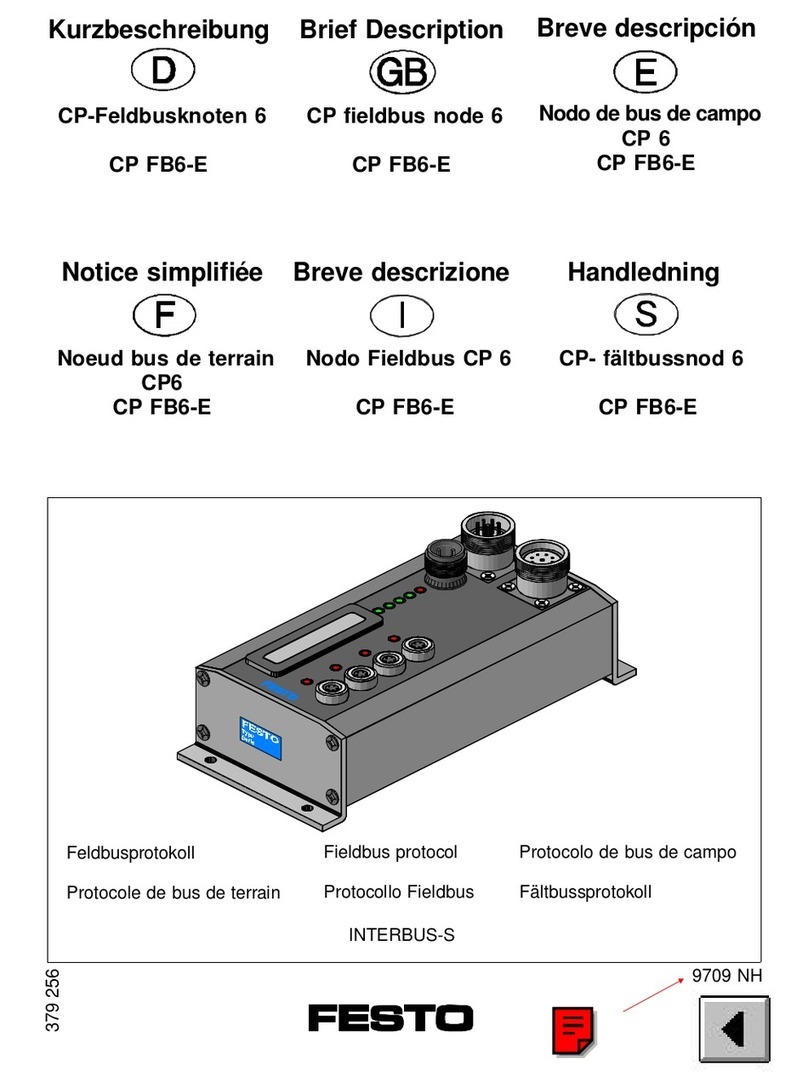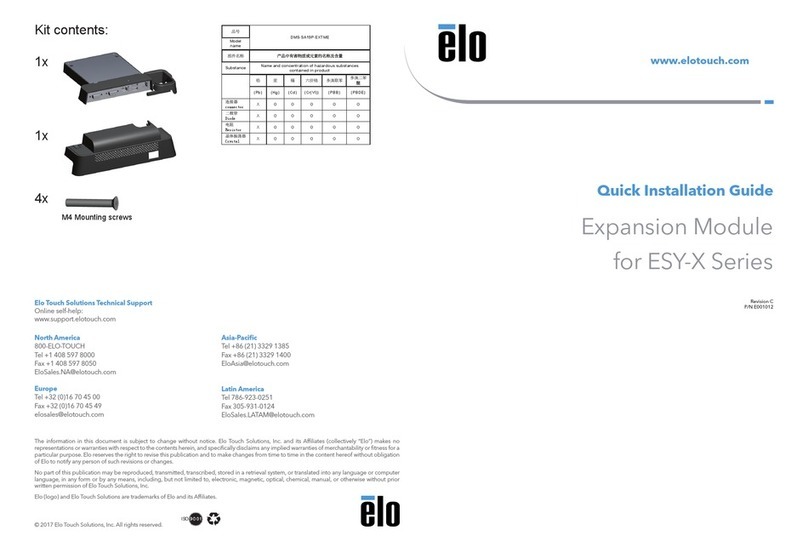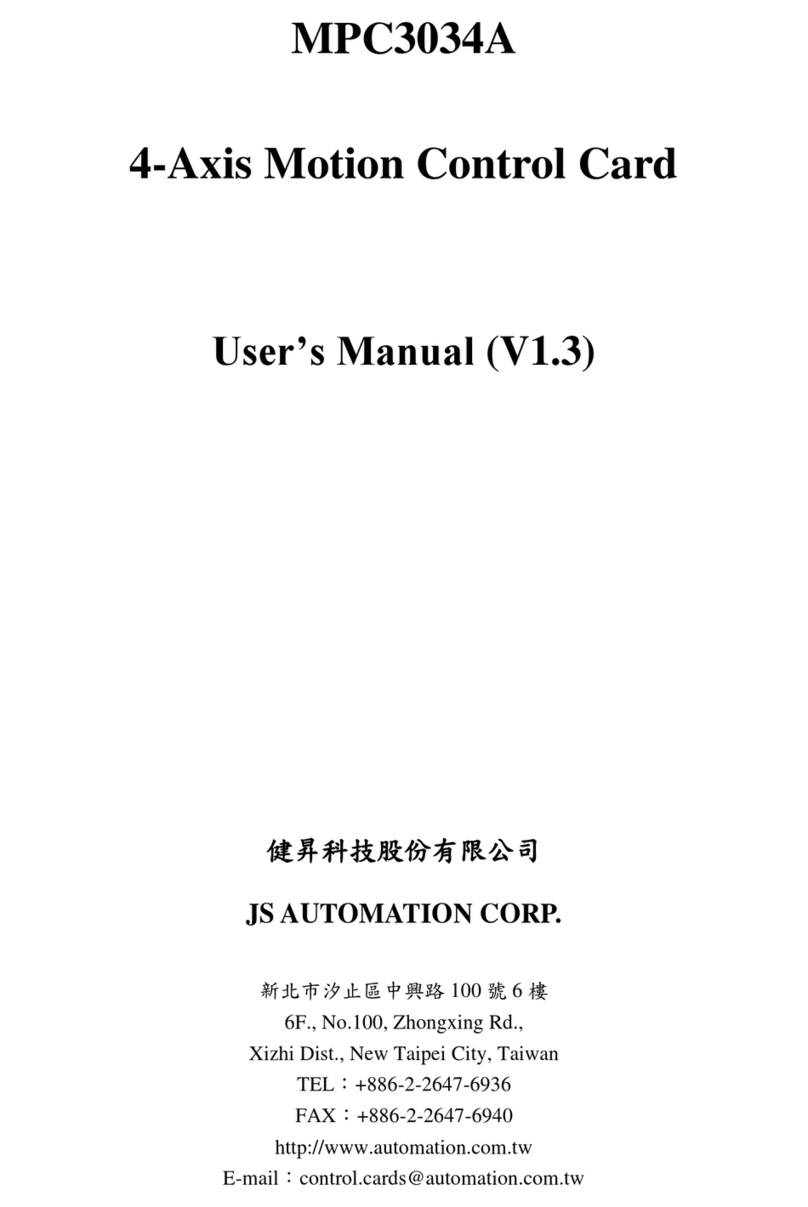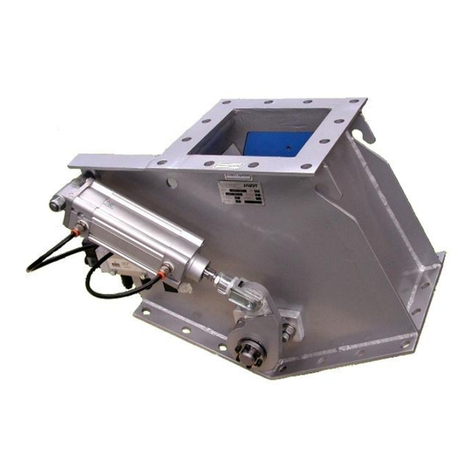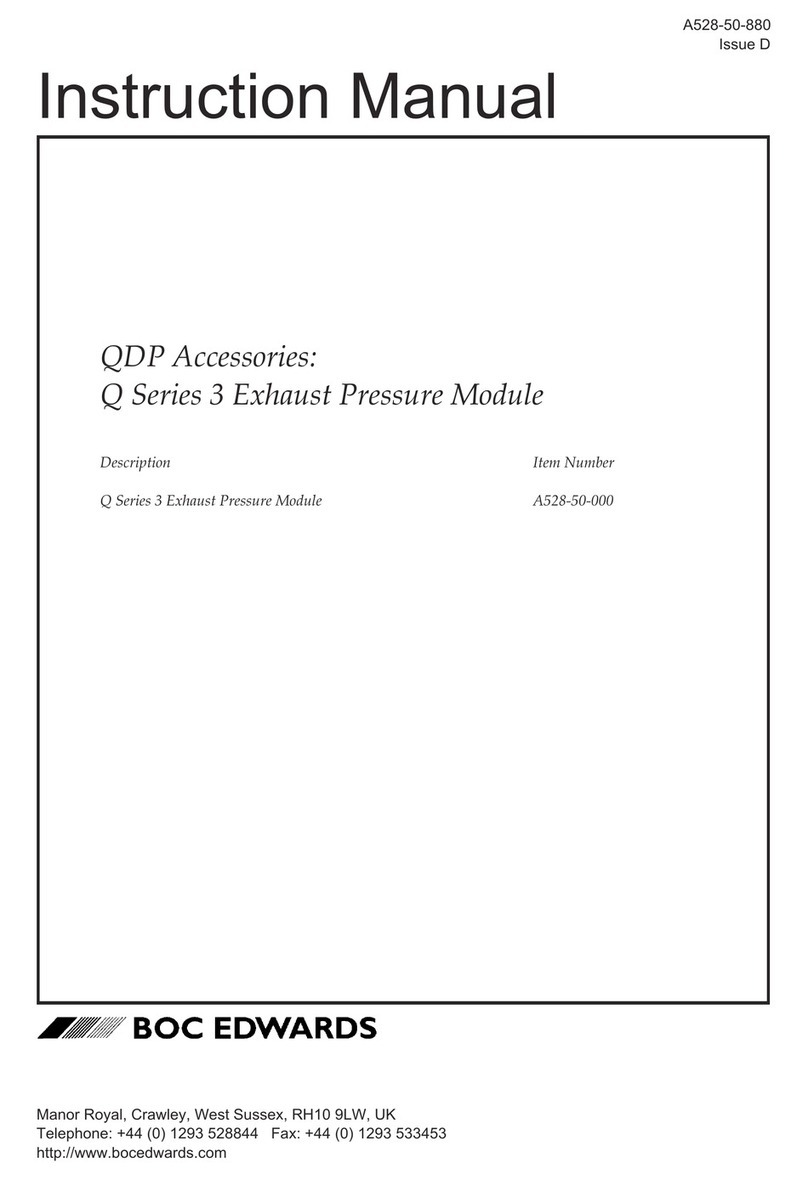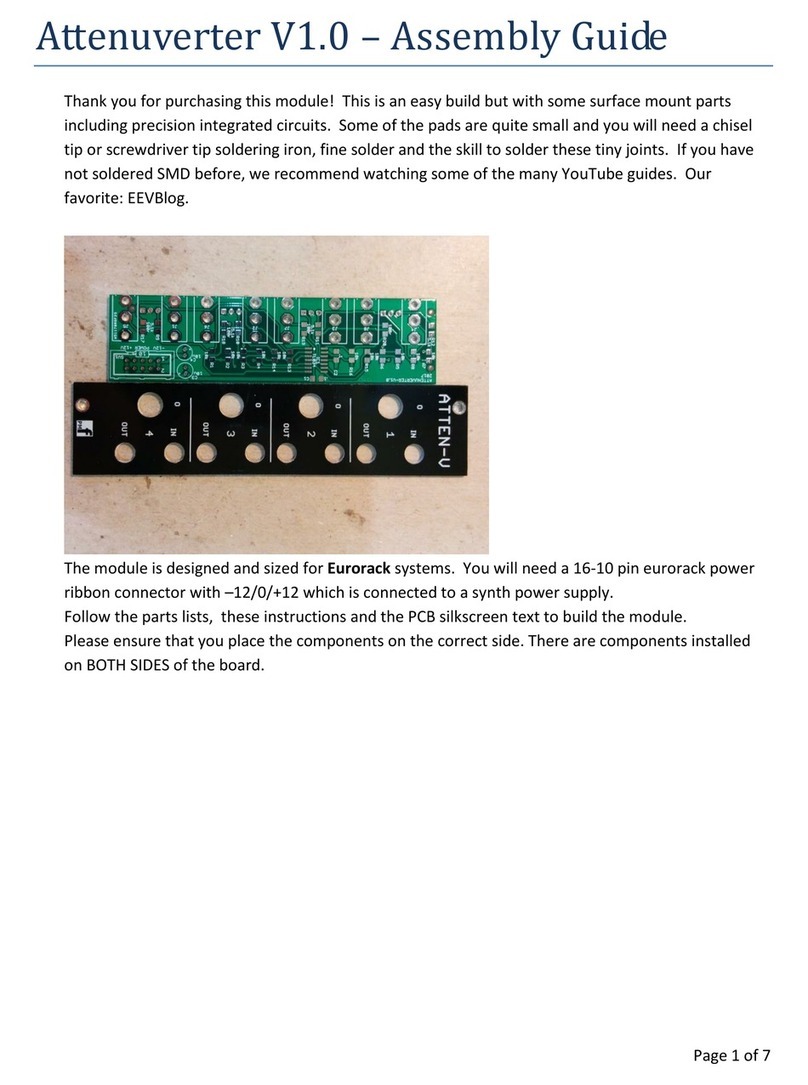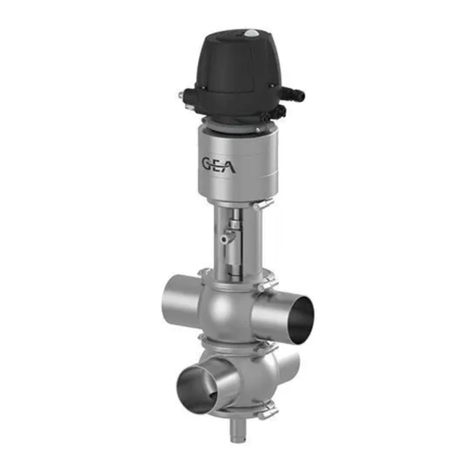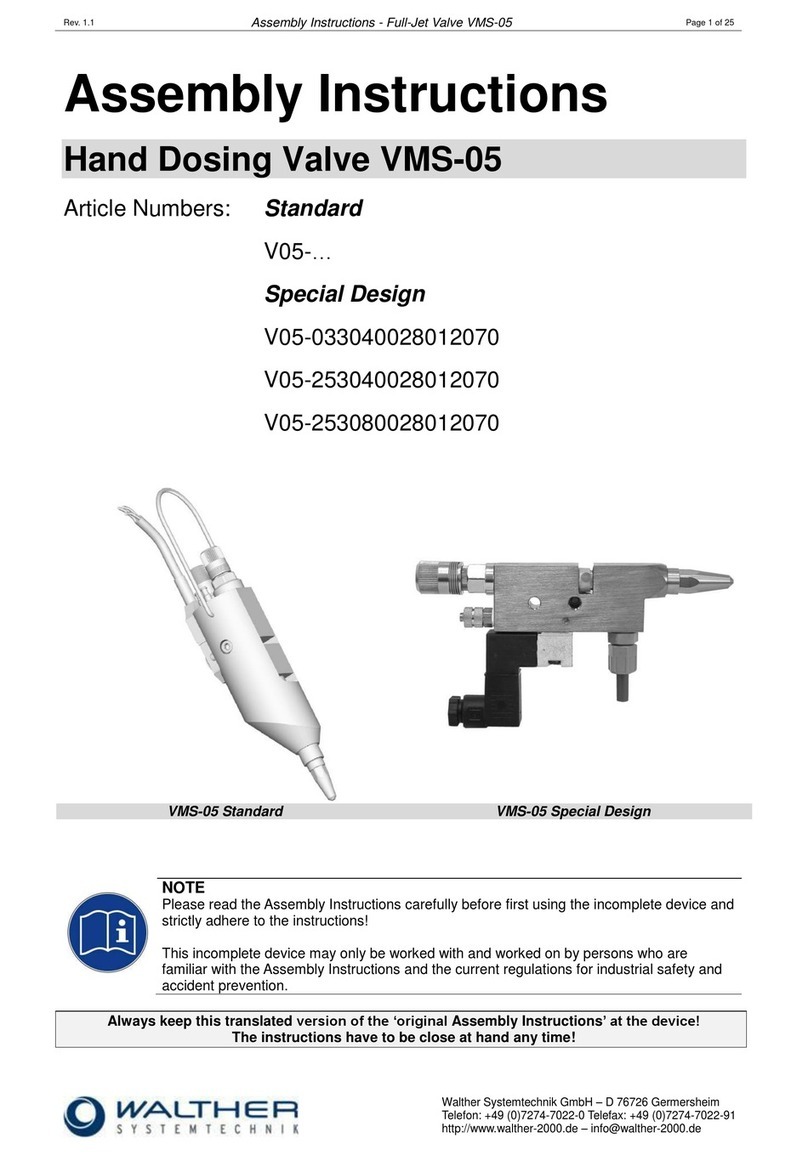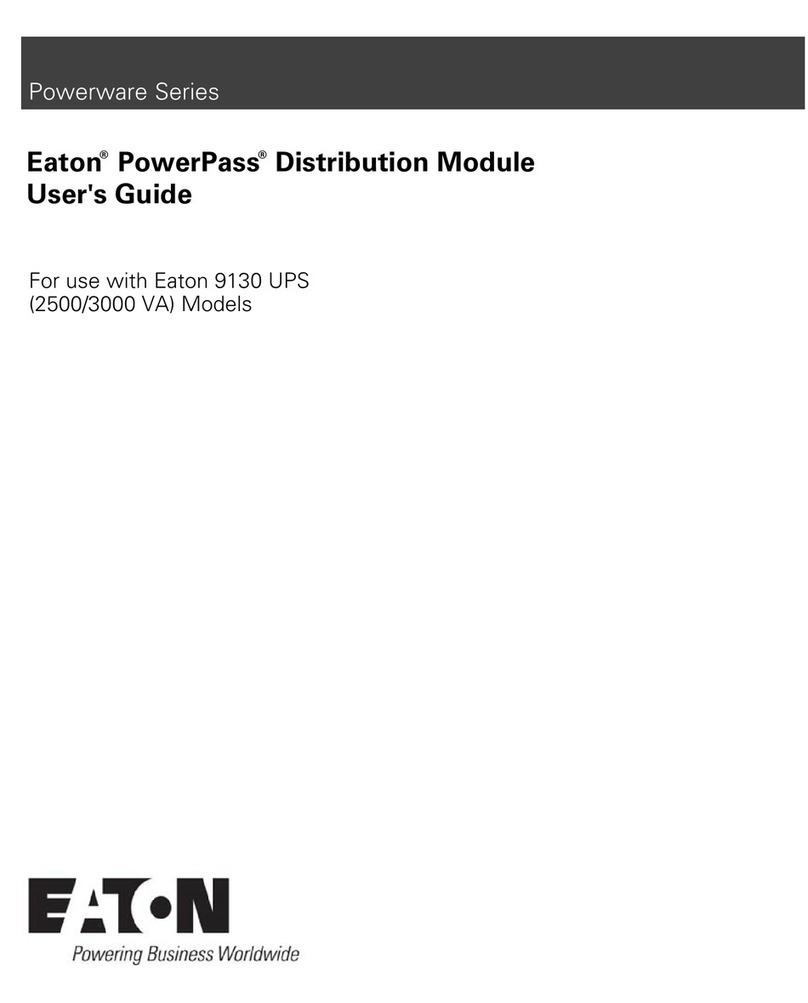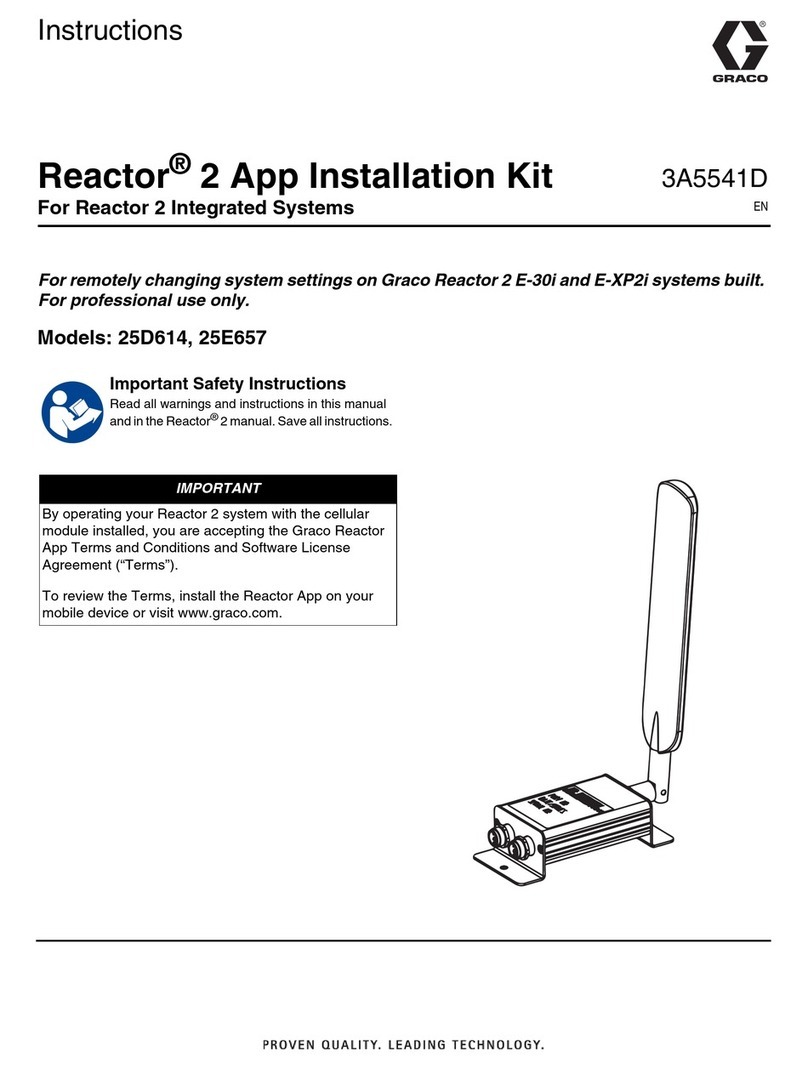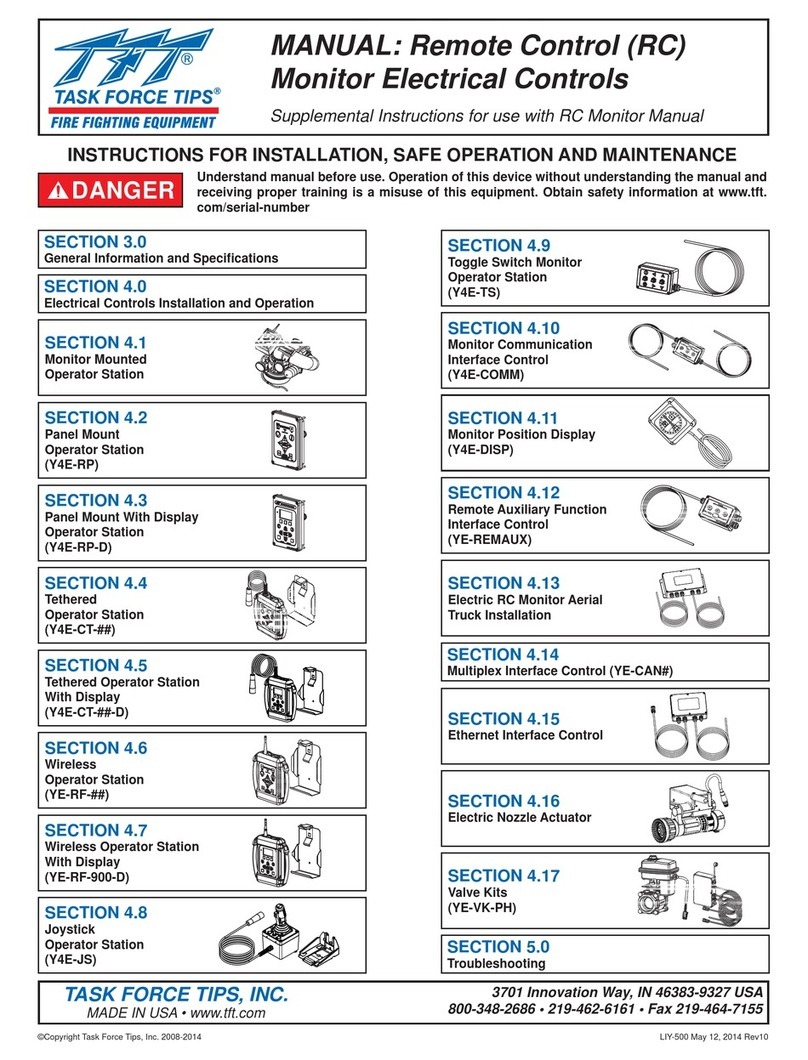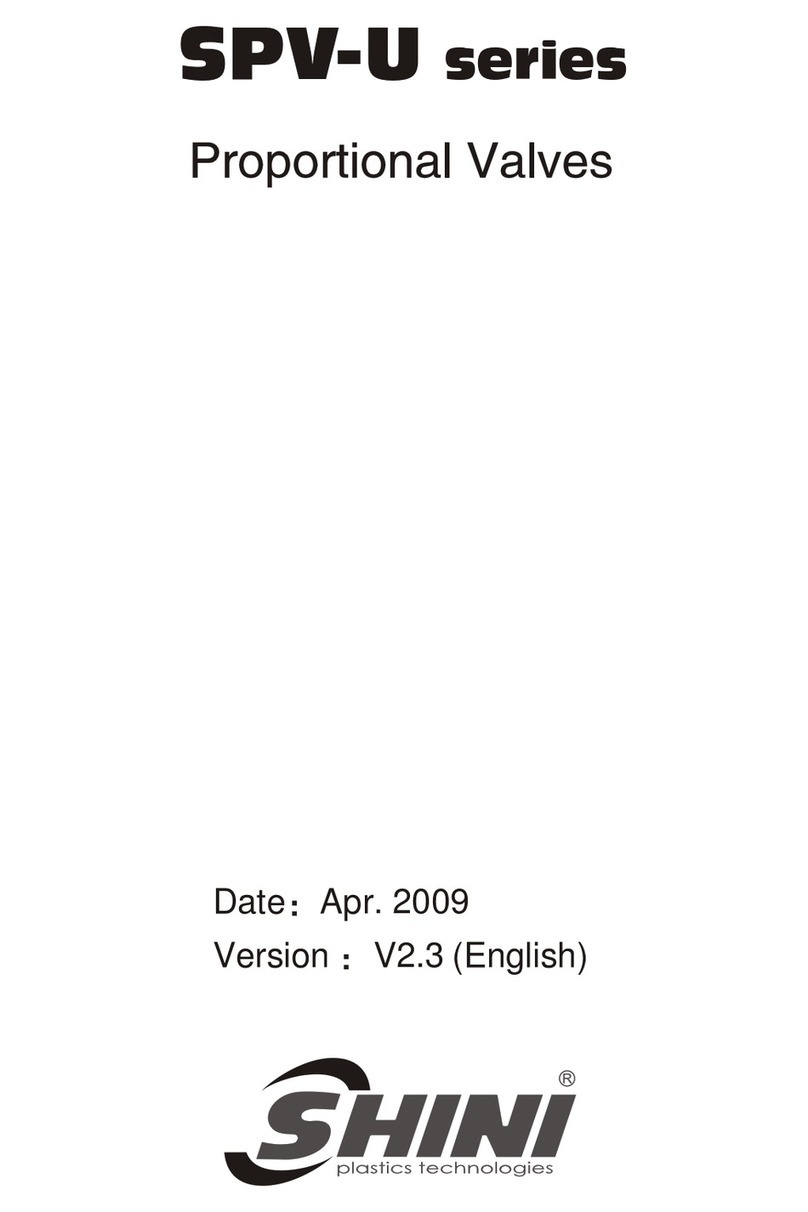
ME990S-2F-16 and ME990S-2DFM
Form #995 ME990S-2F-16 & ME990S-2DFM IOM Rev E 2/3/21
Note
The use of non-MEC actuators may result in leakage of
the gland packing caused by premature wear. In addition
to premature wear, the use of non-MEC actuators may
result in lower than expected flow rates and possible
leakage across the valve seats.
!CAUTION!
The internal valve's closing spring is not designed to
overcome drag in the control linkage in order to close the
valve. Depending upon the control system used, an
external spring or positive closing linkage may be
needed. Be sure the control system is installed to prevent
binding that could cause the valve to stick in the open
position.
Excess Flow Operation
The internal valve contains an excess flow function, or
"integral excess flow valve," that is designed to close when
the flow exceeds the flow rating established by MEC.
MEC's integral excess flow valves installed on a bobtail
truck or transport can provide protection against the
discharge of hazardous materials during an unloading
operation. Provided the tank pressure produces a flow
greater than the valve’s excess flow rating, the internal
valve will close in the event the pump or piping in line with
the valve is sheared off.
Likewise, if the internal valve is installed on a stationary
tank or in the related downstream piping system, the
integral excess flow valve can provide protection against
an unintentional release of hazardous materials in the
event that a pump or piping attached directly to the
internal valve is sheared off before the first valve, pump,
or fitting downstream of the internal valve, provided that
the flow of product through the internal valve reaches the
rated flow specified by MEC.
!CAUTION!
In the event of a ruptured hose or piping at a point in
the discharge system downstream from the first
valve, pump or the internal valve, the excess flow
feature is designed to close upon a significant increase
in differential pressure or flow. Restrictions
incorporated in the discharge system of a bobtail
truck, transport or a stationary tank, may include
but not limited to pumps, pipe and hose length and
dimensions, branching, elbows, reductions in pipe
diameter, or a number of other inline valves or
fittings. Low operating pressure may be a result of
ambient temperature, or a partially closed valve
downstream from the integral excess flow valve; this
can restrict the rate of flow through the internal valve
below the level necessary to actuate the integral
excess flow valve. Therefore, DO NOT RELY ON the
excess flow function of the internal valve for the
purpose of providing protection against the discharge
of hazardous materials, when other downstream
restrictions are present in the system.
The internal valve is designed with an internal bleed
feature for equalization of pressure. After the integral
excess flow valve closes, the leakage through the bleed
must be controlled or a hazard can be created. For this
reason the operator must be familiar with the closure
controls for the internal valves and must close the
internal valve immediately after the integral excess flow
valve closes.
Failure to follow this warning could result in serious or
fatal personal injury or property damage from a fire or
explosion.
DOT Passive Shutdown Equipment Requirement -
DOT regulations 49 CFR§173.315(n)(2) require certain
cargo tanks transporting propane, anhydrous ammonia
and other liquefied compressed gases to be equipped with
passive emergency discharge control equipment that will
automatically shut off the flow of product without human
intervention within 20 seconds of an unintentional release
caused by complete separation of a delivery hose. The
design for each passive shutdown system must be certified
by a Design Certifying Engineer (DCE) and all components
of the discharge system that are integral to the design
must be included in the DCE certification. The DCE
certification must consider any specifications of the
original component manufacturer. In the case of
downstream ruptures in hose or piping, a variety of
operating conditions routinely encountered during an
unloading operation restrict the rate of flow through the
integral excess flow valve and make such a valve
unsuitable to serve as the means of passive shutdown
required under 49 CFR§173.315(n)(2). Such variables
include restrictions incorporated in the discharge system
(due to pumps, pipe and hose length, dimensions,
branching, elbows, reductions in pipe diameter, or a
number of other in-line valves or fittings), low operating
pressure as a result of ambient temperature, or a partially
closed valve downstream from the excess flow valve. Due
to the variety of conditions, in the case of a hose
separation, that can restrict the rate of flow below the
level necessary to activate the excess flow valves, the
integral excess flow function of MEC ME990S internal
valves cannot be used to satisfy the passive shutdown
equipment requirement under/in 49 CFR§173.315(n)(2).
Also, a Design Certifying Engineer cannot include the
integral excess flow valve of a MEC ME990S internal valve
as a component of the discharge system in any DCE
certification under 49 CFR§173.315(n)(2).
!EXPLOSION HAZARD!
DO NOT USE the excess flow function incorporated into
MEC ME990S internal valves to satisfy the passive
shutdown equipment requirement in 49
CFR§173.315(n)(2). DO NOT include the excess flow
function incorporated into MEC ME990S internal valves
in a DCE certification under 49 CFR§173.315(n)(2). The
cargo tank manufacturer must install some other
equipment that satisfies the requirement for passive
shutdown capability under 49 CFR§173.315(n)(2).
Failure to follow this warning could result in serious or
fatal personal injury or property damage from a fire or
explosion in the event of an unintentional release of
product during an unloading operation.
